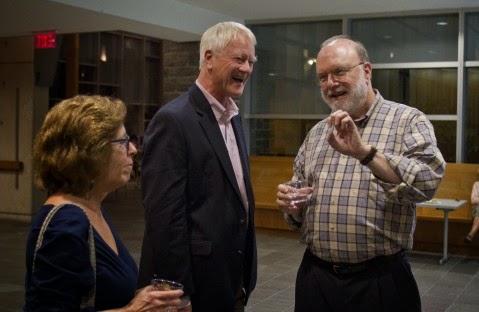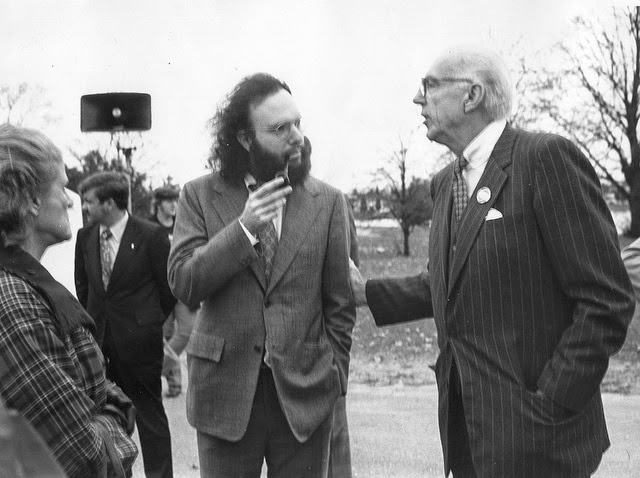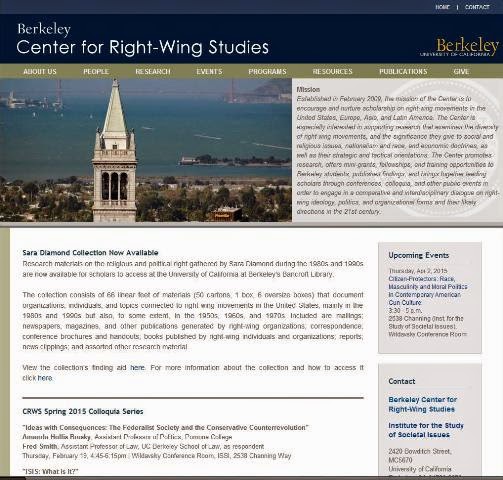Knife Rights put out a release this past Friday that I didn’t notice until Monday. In it, they discuss the arrest for having a “concealed switchblade” of Freddie Gray in Baltimore. I have posted the release below along with the links.
Knife Rights brings up some interesting points and makes me say, “What if”.
What if Freddie Gray had not been arrested.
What if police treated all knives like ordinary tools.
What if knife laws weren’t based on a 1950s West Side Story myth.
What if the knife hadn’t had a clip – would he still have been stopped.
I’m not saying Baltimore wouldn’t have erupted in the not so distant future. They will always be more incidents that the hucksters and their complicit media allies will play up. I am also not saying that Freddie Gray might not have been arrested for something else. I am saying that policies, laws, and ordinances the encourage the police to stop anyone with a knife that has a pocket clip are flawed, out of date, and unreasonable.
May 1, 2015 – Gilbert, AZ: In the case of the arrest on a knife charge and subsequent death of Freddie Gray in Baltimore, Baltimore City State’s Attorney Marilyn Mosby charged that Freddie Gray was falsely arrested and that the knife in his pocket was not an illegal switchblade. Mosby is filing murder charges against one officer while others are being charged with crimes including manslaughter and assault.
According to news reports and court documents, Freddie Gray was arrested after a police officer supposedly found a “switchblade” in his pocket. But, the court documents (click to review) reveal something else: “The officer noticed a knife clipped to the inside of his front right pants pocket. The defendant was arrested without force or incident,” the documents say. “The knife was recovered by this officer and found to be a spring-assisted, one-hand-operated knife.” (Emphasis added.) Note that the officer did not refer to the knife as a “switchblade.”
Maryland law (§4–101) prohibits concealed carry of switchblades, but open carry and possession are not illegal. The court documents state that the knife was visibly clipped to Gray’s pocket. Therefore, it was not concealed, and accordingly not illegal, even if it had been a switchblade. But, it clearly wasn’t even a switchblade according to the court documents — it was an assisted-opening knife (meaning that the blade had to be opened manually part way before the spring assist was engaged and opened it the rest of the way).
Maryland does not have knife law preemption, so municipalities such as Baltimore are allowed to fabricate laws more restrictive than the state itself. Baltimore’s city code (§ 59-22 Switch-blade knives) prohibits the sale, carry or possession of “any knife with an automatic spring or other device for opening and/or closing the blade, commonly known as a switch-blade knife.” While it might be possible in theory to interpret that unusual definition of “switch-blade” to include assisted-opening knives, such an interpretation would conflict with virtually all other switchblade definitions throughout the country. Additionally, the court documents show that the arresting officer clearly knew it was not a switchblade; the officer easily could have referred to it as a switchblade instead of accurately describing it as a “spring-assisted, one-hand-operated knife.”
While it is theoretically possible that without the presence of a knife in his pocket, Gray might have been arrested on some other trumped-up charge, it is clear that the presence of a knife was used as the actual basis for the arrest, and the practice has unfortunately become a common one.
Thousands of law-abiding citizens are regularly harassed and arrested for nothing more than carrying this basic tool, and that is unacceptable. Knife Rights is committed to forging a Sharper Future™ by passing knife law preemption and removing all restrictions on the lawful carry of knives. Those who misuse any tool (knife or otherwise) in the commission of a crime should be severely punished, but law-abiding citizens who possess knives should be left alone.
Charging Documents in Freddie Gray Case: http://www.kniferights.org/263171878-Freddie-Gray-Charging-Documents.pdf
Maryland Switchblade Law: http://mgaleg.maryland.gov/webmga/frmStatutesText.aspx?article=gcr§ion=4-101&ext=html&session=2015RS&tab=subject5
Baltimore Switchblade Law: http://baltimorecode.org/19/59/59-22/
As a final aside, I met with a client yesterday who always brings me inexpensive knives as a gift. The knife I got yesterday had a clip and was a switchblade.
UPDATE: Attorney Andrew Branca has an excellent post up at Legal Insurrection concerning probable cause and the arrest of Freddie Gray. He notes that whether or not the knife in question was actually illegal is irrelevant to the issue of probable cause. This reinforces my point that knife laws are so convoluted and so out of date that you probably could find probable cause to stop someone for carrying a Case Tiny Trapper which is all of 2 3/8 inches closed.





